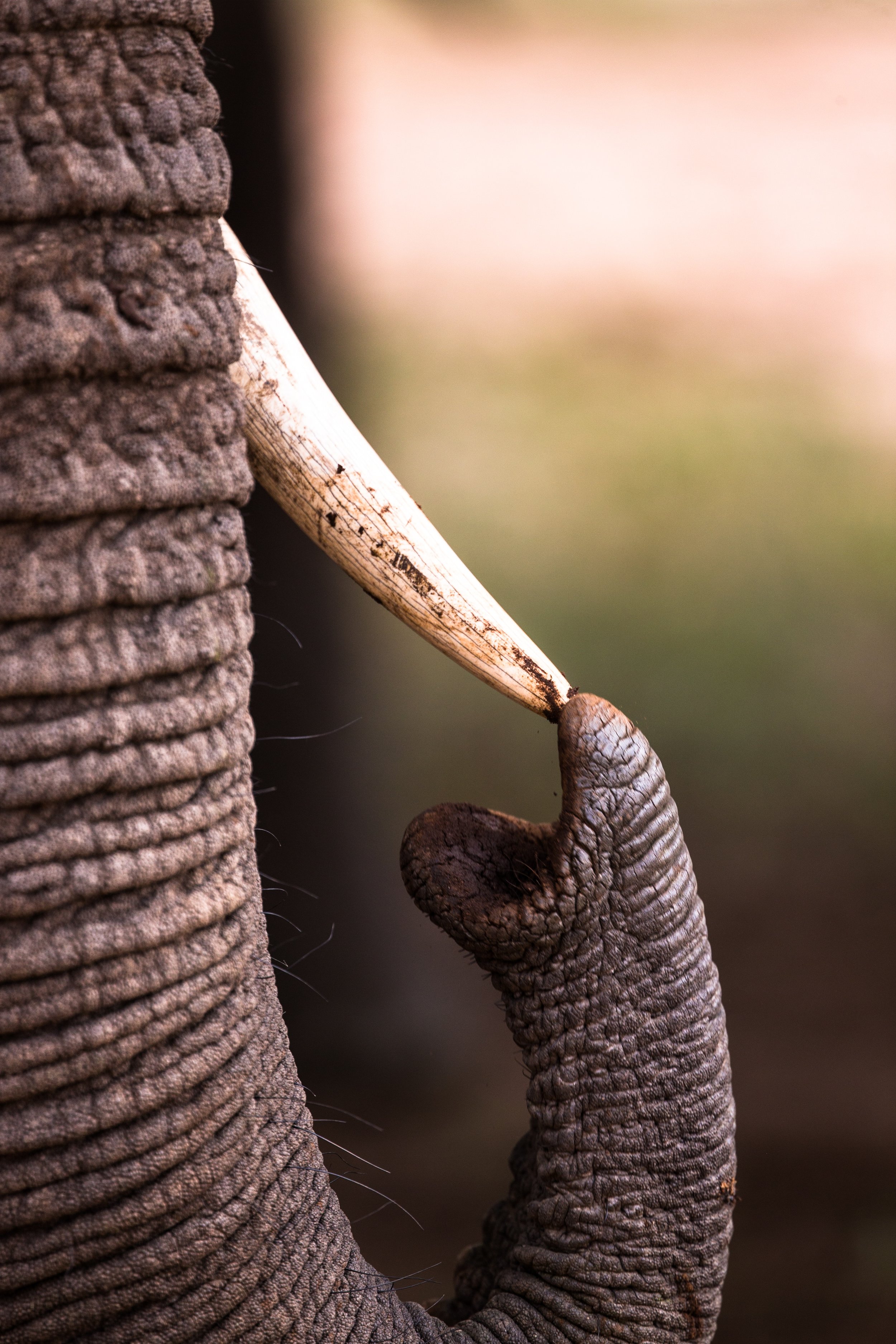Who's buying ivory?
Who’s buying ivory?
The delicate ivory carvings and jewellery are a million miles away from the sad carcasses of poached elephants left strewn across the African savannah—the epitome of wastefulness for no other reason than a symbol of status.
Ivory is still legally available around the world; as poached ivory remains banned, it’s possible to sell pre-ban ivory of all shapes and sizes. This regulated trade sees huge volumes of illegal ivory laundered in—if you see something openly on sale, you assume it is legal—and has led to the decimation of elephant numbers in Africa. In the two decades of international ban, numbers fell from 1.2 million to less than 600,000; since 2007—when legal ivory returned to the global market—that number has dropped to 400,000. African countries were granted permission to auction stockpiles of seized tusks; the Chinese government allows a portion of its stockpile to be sold each year; the United States permits ivory to be legally imported as a hunting trophy. Traffickers simply launder their illegal ivory in. Theoretically, we could have a market in ivory supplied from elephants that die naturally—but with such profit at stake, few will wait for a natural death. There are too many people willing to do the killing and too many people willing to buy the ivory without questioning where it came from.
A survey by National Geographic found concerns about the plight of the elephant are offset by the perception that governments will ultimately make sure they don’t become extinct; an international ban on ivory seems to have had that effect. Rather than driving up the price of ivory as supply diminished, after the ban, the price fell to a quarter of its previous levels as the market collapsed. As with all sorts of commodities including drugs and arms, if the people want it, someone will find a way to supply it. Equally; if ivory is available, people will continue to buy it.
Ivory is a status symbol in many countries and targeting the demand for it is crucial to reducing the slaughter of elephants in Africa. Demand for ivory is known to be concentrated in China, Thailand, Vietnam, the Philippines and the United States; in each of these countries, ivory is seen as rare, precious, beautiful, pure and exotic—these perceived qualities of rarity and beauty contribute to its widespread appeal and leads to yet more elephant carcasses left to rot.
Even images of dead elephants and articles about their plight fail to sway opinion among ivory purchasers: while the National Geographic survey shows buyers express genuine concerns about cruelty towards animals, less than one-third believe elephants are ‘very endangered’. Another segment felt buying small pieces of ivory wouldn’t have a huge impact on elephant populations. People in Vietnam believe the elephant population is declining so rapidly they had better buy as much ivory as possible before the supply dries up.
To stop poaching, it’s clear ivory needs to become the complete opposite to its current fashionable, exotic status symbol. Perceptions are changing, but it’s the legal ivory still on the market that’s fuelling demand. In 2016, the wildlife trade monitoring network TRAFFIC found more than 5,000 ivory pieces for sale in shops in London alone. Over half of these were ivory figures, but jewellery and personal items were also readily available. The Environmental Investigation Agency found the UK is the world’s largest exporter of legal ivory—between 2010 and 2015, more than 36,000 pieces of legal ivory were exported from the UK. This trade provides cover for illegal supplies and reinforces the value of ivory, fuelling general demand.
There is no justifiable consumer demand for ivory. Kenya’s president Daniel arap Moi hit the nail on the head in 1989: ‘To stop the poacher, the trader must also be stopped. And to stop the trader, the final buyer must be convinced not to buy ivory.’








In the United Kingdom, the United States, and Australia, one in five women will experience sexual violence in their lifetime but 95 percent of survivors don’t report their experiences. Not officially, anyway.